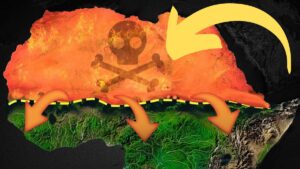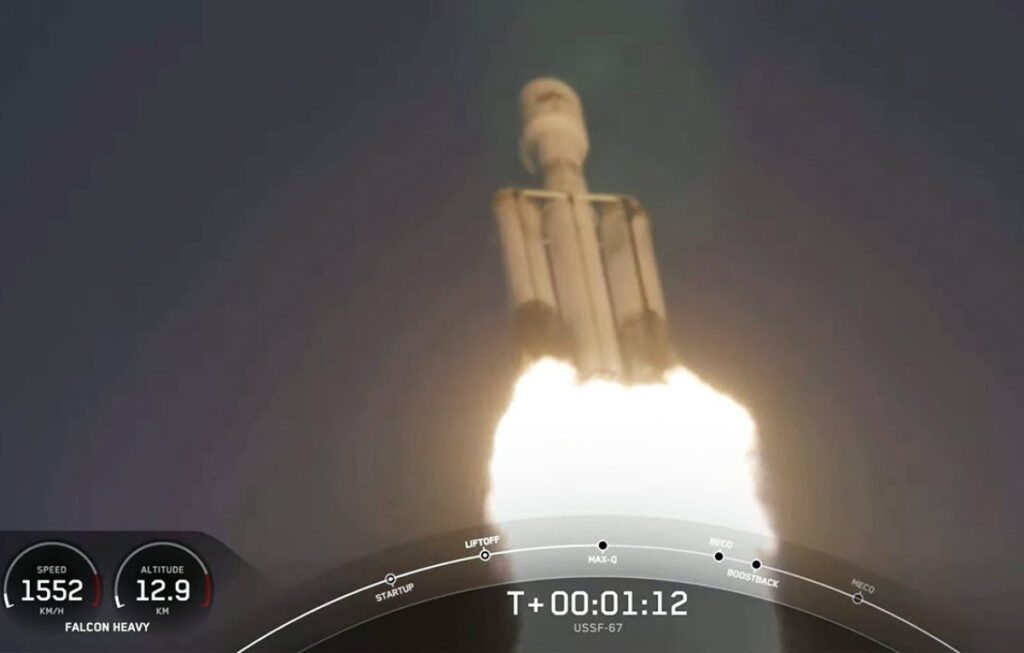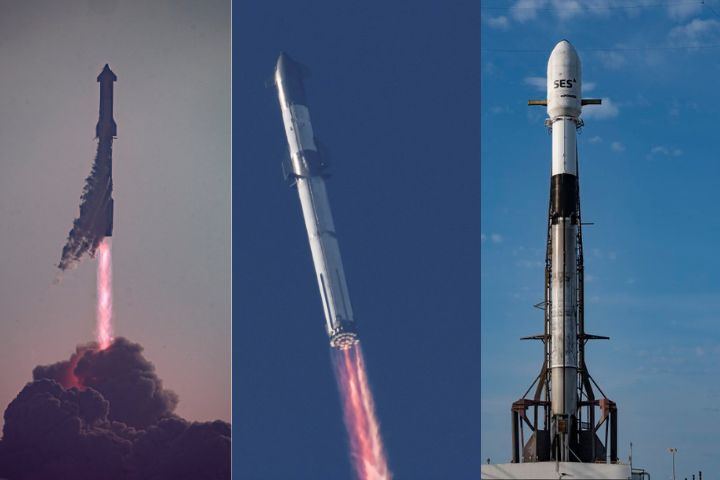
Despite its proximity to Earth, Mercury is the most challenging planet to visit.
Why is Mercury the most difficult planet to visit, even though it is the second closest planet to Earth?
Is it due to its excessive proximity to the sun?
due to the high temperatures there?
Or will it be influenced in some way by the planet’s composition?
You won’t believe what you find out!
Venus is the planet closest to Earth; Venus, you heard correctly; Venus is the closest planet to Earth because it is only 25 million miles (40 million kilometers) away at its closest point, despite the common belief that Mars is the planet closest to Earth.
Does this imply that Mars comes in second closest to Earth?
No!
Mercury is the second planet closest to Earth, with a distance of 48 million miles (77.2 million kilometers) between them.
Earth and Mars are approximately 55 million miles (88.5 million kilometers) apart on average.
The distance between Earth and Mars drastically decreases to just 36 million miles (59 million kilometers) during Perihelion, which occurs only once every 26 months.
Mars is therefore farther from Earth than Mercury most of the time.
Venus was the first planet that humans visited when they first started using spacecraft to explore the planets in the solar system. Mars followed in 1965, and Jupiter followed in 1973.
The first visit to Mercury by the Mariner 10 spacecraft didn’t take place until 1974.
In 1974, 1979, 1992, 1995, 2000, and most recently in 2007, a number of space exploration probes were sent to investigate the solar system’s farthest planets.
A number of missions have been launched to study asteroids and distant comets, as well as Mars and the other planets.
However, Mercury was left without a single mission for thirty years.
Was it due to the fact that the Mariner 10 exploration probe provided us with all of the information we required from Mercury and that there was nothing else we could find?
No, the Mariner probe only flew over Mercury three times, and during those three passes, it only captured 40 percent of the planet’s surface.
Due to its fascination for scientific research, this planet piqued the interest of researchers, and the fact that it posed the greatest challenge of all but prevented additional exploration probes from being sent there.
Why is Mercury the planet with the most difficulty to visit?
THE PLANET WITH THE MOST DIFFICULTY Mercury’s difficulty can be divided into two categories: temperature and speed; Begin with the temperature.
The fact that Mercury is the planet closest to the Sun is not a secret; Because of this, the surface temperature typically reaches 430°C, or 806°F.
Because the circuits and parts of any space exploration probe are very hot at these temperatures, the ships that go to the planets closest to the Sun need to have panels that protect the equipment from the hot sun.
Most of the time, these panels are only on one side of the ship, and the communication antennas keep them always pointing toward the sun to protect the ship’s instruments.
Second, Mercury’s close proximity to the Sun is the primary reason why getting ships there is so challenging.
You are aware that all bodies with mass attract smaller objects to themselves through a force of gravitational attraction; The largest object in the solar system is the Sun; This indicates that you are accelerating more and more as the ships get closer to the Sun until it becomes difficult to control them.
Space probes located close to the Sun have lost most of their instruments due to this issue; Because space exploration probes typically do not carry as much fuel because they are significantly smaller than a ship manned by humans, it is difficult to maneuver such an accelerated ship solely using rockets.
When it comes to spacecraft, engineers will always make an effort to keep everything as light as possible. The reason for this is that the more fuel a ship needs to get off the ground, the more expensive the mission will be, which is not very appealing if you are on a tight budget.
A space exploration probe will have less room for scientific instruments, which are ultimately the most important, the more fuel it has; However, for thirty long years, engineers and scientists were unable to discover a way for a small probe to accelerate sufficiently to reach Mercury.
However, in 1985, scientist Chen-wan Yen, a graduate of MIT with a degree in nuclear physics, suggested using the technology available at the time to reach Mercury.
A RISKY ROUTE Using his knowledge of orbital mechanics, Chen-wan Yen devised a very specific route for a spacecraft to take in order to reach Mercury with the technology that was available at the time. This route allowed the spacecraft to travel a significant distance through a number of planets, slow it down enough to be caught by Mercury’s gravity, and it required very little fuel.
Rather than sending a spacecraft directly to Mercury, Chen-wan Yen’s new route took a much longer route. Before reaching Mercury’s orbit, the spacecraft would have to go around the sun about 15 times.
The Messenger space probe would be in charge of carrying out this difficult task, and the spacecraft would make use of Earth, Venus, and Mercury’s gravitational pull to accomplish this feat.
circling the globe once, Venus twice, and Mercury three times.
The average speed of MESSENGER in relation to the sun would gradually rise with each flyby, while the spacecraft’s speed in relation to Mercury would decrease.
How can this be?
Let’s say you want to get off a moving car and take the train.
You’re ready for action in your car, parked along Main Street, as the train travels at 60 miles per hour (96.5 kilometers per hour) along the tracks parallel to Main Street and will precisely pass through the general store at 1 p.m.
You begin accelerating down the street at 12:59:30 to catch the train.
Although the train is traveling faster (60 mph) and in the same direction, your car’s starting point is closer to the general store than the train’s.
You will be traveling 50 mph in relation to the train as you accelerate to 10 mph in relation to your starting point.
Your speed in relation to the train decreases as your speed in relation to your starting point (the store) increases.
You are getting there!
You calculate your acceleration to precisely 60 mph as the train passes the store.
Regarding the store, you will travel at 60 mph and zero mph respectively.
In a similar manner, the Messenger exploration probe accelerated relative to the sun with the help of the planets’ gravitational pull, eventually reaching Mercury’s speed.
When MESSENGER got close enough to Mercury at the right speed, it could fire enough from its main engine to get caught by the planet’s gravity and start going around it.
Launched on August 3, 2004, the MESSENGER SCAN PROBE Messenger was a relatively small exploration probe that measured just 1.3 meters wide and weighed just over a ton.
A propellant thruster helped the probe move and control its direction.
Equipment was shielded from high temperatures by this heat shield, and two solar panels were used as unexpected solar sails by scientists to help the spacecraft’s speed slightly slow down due to the solar wind.
Solar radiation travels throughout the solar system from the sun; Despite the small thrust of the solar wind, which typically has no effect on the spacecraft’s trajectories, this radiation falls on the spacecraft and pushes them only slightly.
Scientists tried to keep the solar panels pointing at the sun at all times so that the Messenger probe could save a lot of fuel and extend its useful life because the journey that the probe was going to take would be so long and take years. Slowing down was a great help.
Messenger successfully completed all of its orbits, passing through Venus, the earth, and Mercury three times before being captured by Mercury’s gravity on March 11, 2011.
Messenger’s entire journey took approximately seven years to complete and covered approximately 4.9 billion miles (7.885 million kilometers).
Messenger began performing eccentric orbits once it reached Mercury’s orbit, alternating between 125 miles (200 km) and 9,320 miles (15,000 km) from Mercury. This was done because Mercury’s surface acts as a huge solar mirror and sends a lot of heat into space. Even with a heat shield, a spacecraft that stays too close to Mercury for too long could damage some equipment or, worse, fail.
Because Mercury’s sun shines seven times brighter than Earth’s, it was decided that the probe would have eccentric orbits, allowing it to periodically approach and depart from Mercury to cool off from the planet’s high temperatures.
The Messenger spacecraft would be in charge of sending thousands of photographs of Mercury’s surface over the next four years. These images would help us learn about the planet’s chemical composition, surface geography, and internal structure.
On April 30, 2015, the Messenger probe’s fuel ran out, and the mission’s scientists decided to crash the ship into Mercury, putting an end to one of history’s most significant missions.
A significant discovery was made possible by the Messenger mission.
There are hints in the images that the probe sent that could indicate that there is frozen water at Mercury’s poles.
The Bepi-Colombo mission is currently being launched by the European Space Agency (ESA) and the Japanese Space Agency (JAXA), and it is anticipated that it will reach Mercury’s orbit in 2025. This mission will definitively reveal whether Mercury can contain water.











